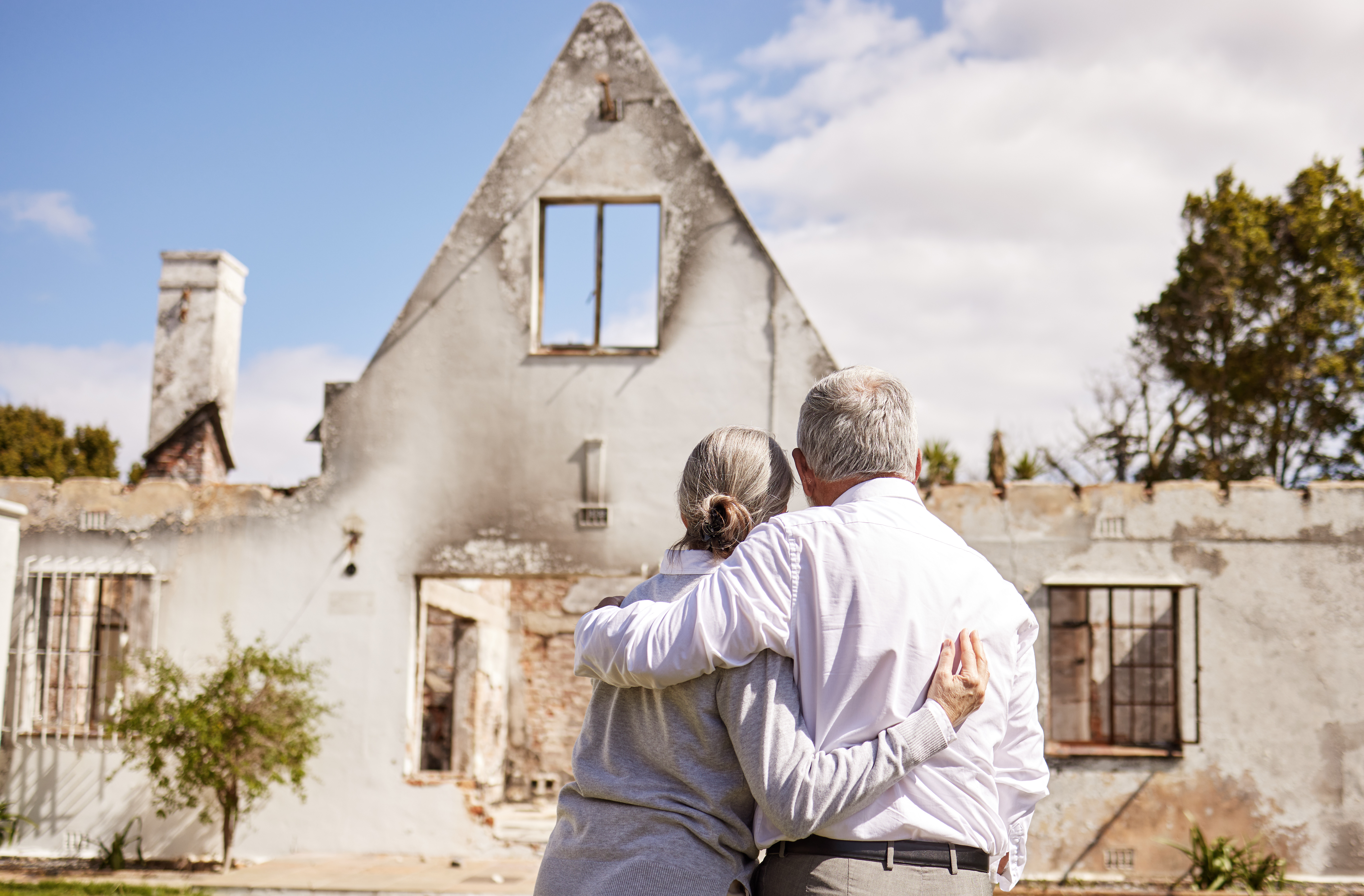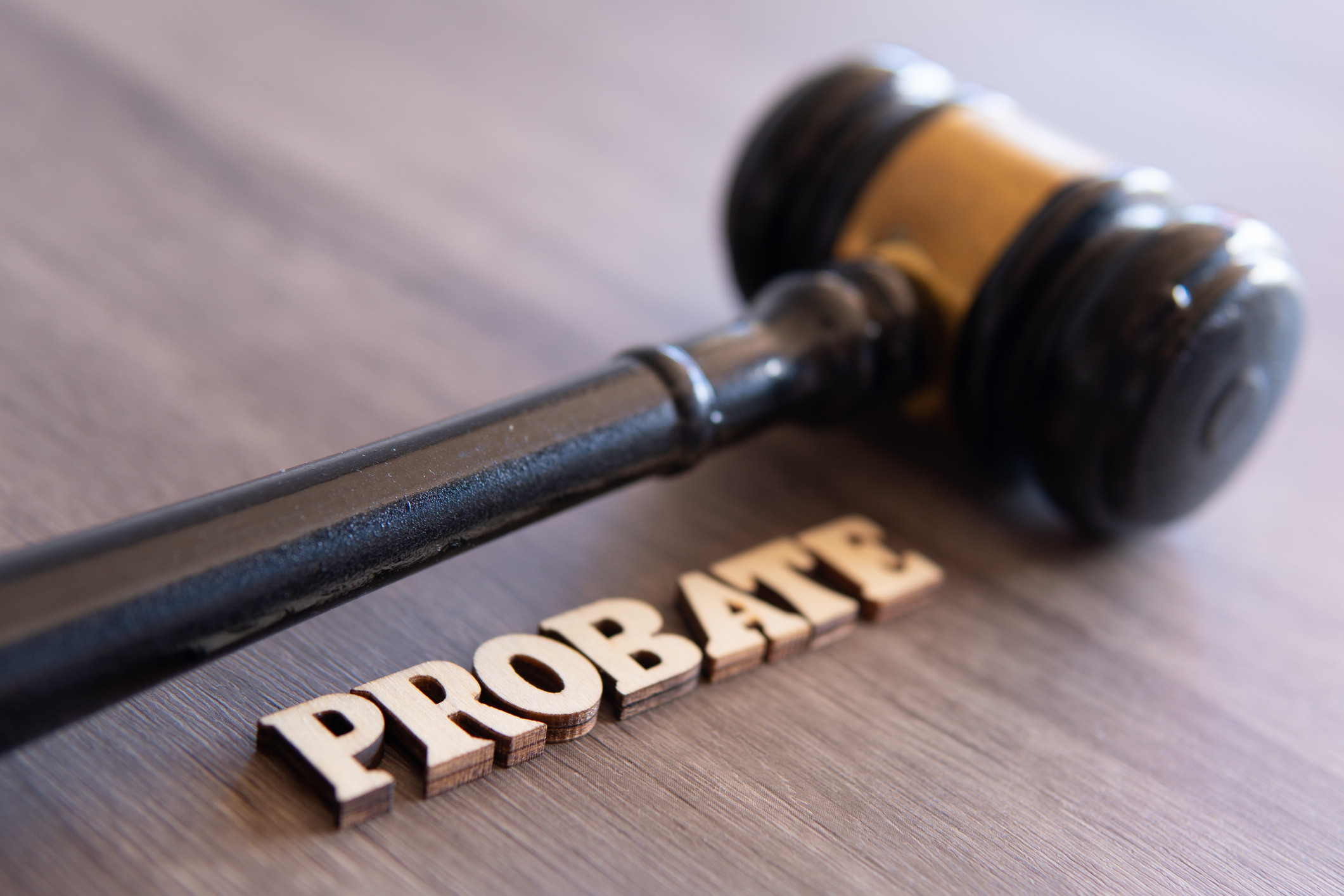Retirees, Be Prepared for a Natural Disaster
Compile an emergency kit, seek help from friends and family, and know evacuation routes away from danger.

The devastating wildfires breaking out across Los Angeles are a reminder that it’s critical to have a plan if disaster strikes in your area. No one is invincible when it comes to natural disasters, but older adults can be particularly vulnerable.
After all, many retirees tend to live in older homes that may lack the necessary improvements to prepare for extreme weather events, plus they risk isolation if a natural disaster were to occur and they weren’t able to evacuate. Add any medical issues to the mix and you can see why a natural disaster and extreme weather are particularly devastating to older adults.
With severe weather and natural disasters becoming a common occurrence, preparedness is key. It can literally mean the difference between life and death. To learn how to prepare, follow these steps.
From just $107.88 $24.99 for Kiplinger Personal Finance
Become a smarter, better informed investor. Subscribe from just $107.88 $24.99, plus get up to 4 Special Issues

Sign up for Kiplinger’s Free Newsletters
Profit and prosper with the best of expert advice on investing, taxes, retirement, personal finance and more - straight to your e-mail.
Profit and prosper with the best of expert advice - straight to your e-mail.
Know you’re risks
Do you live in a flood zone? Are wildfires your biggest risk or are tornadoes what you have to worry about? You can’t go into natural disaster preparedness with your eyes shut. You have to fully understand the risks you and your family face and plan accordingly. The Neighborhoods at Risk is a free online tool that provides data on the weather risks in your area.
Once you’re aware of your risks you can create an evacuation plan. The exit plan should include several escape routes, a designated meeting point away from your home and a go-bag packed with the essentials including medication, documents, phone chargers and supplies to last a few days.
When developing an escape plan, consider your medical needs and how it may impact your evacuation. For instance, if you have medical equipment such as canes and walkers, wheelchairs, hospital beds or oxygen machines, plan for how you will leave with them. Don't forget about a battery backup, or ask your doctor if there is an alternate option such as an oxygen tank that doesn’t require power. Make a list of people or agencies that will assist you if you have to evacuate and have their contact information nearby.
Make sure to discuss your plan with family, friends and neighbors who can help you in the event of an emergency. Experts extol the value of seeking out help from neighbors and friends. “It’s the people with social capital who fared well in the recent storms,” says Jeff Johnson, state director of AARP Florida. Get to know your neighbors and keep in touch with them, says Jim Judge, of the American Red Cross Scientific Advisory Council.
If you’re uncertain where to turn, reach out to your local American Red Cross and communicate your needs as soon as possible, and preferably in advance, Judge says.
Build an emergency kit
Regardless of where you live and the degree of your mobility, it’s important to assess your capacity to endure a disaster and its aftermath so that you can create a plan before disaster hits. Prepare yourself for the realities of limited electricity and debilitated infrastructure. Look into where evacuees can turn for medical care or emergency supplies of medications. If you are caring for an older adult who lives in a nursing home or other facility, ask about that facility’s emergency evacuation plan. Consider obtaining a map of evacuation routes to keep in your car.
“Once you identify your local risks, it’s a matter of building your emergency supplies,” Judge says. Build a kit with several days’ supply of nonperishable food, water and medications. Blood sugar monitoring equipment, hearing aids and batteries, an extra pair of eyeglasses, house keys and cash might find their way into this kit, too.
According to the National Institute on Aging, the emergency bag should include the following:
-Non-perishible food and water
-Flashlight and batteries
-First aid kit
-Sanitation and hygiene supplies
-Sleeping bag and blankets
-Change of clothes and shoes
-Eyeglasses and hearing aids
-Communication devices and chargers
-Medication and medical equipment
-Health information and documents
Those who suffer from chronic health problems need to plan with extra care. Information on medical conditions, allergies, medications and emergency contacts can be engraved on a medical ID bracelet. Many smartphones also allow you to create a medical ID. For instance, if you have an iPhone or Apple Watch, use Apple’s Health app on the device to create a medical ID. Such wearable forms of identification ensure that your important information will be readily available. Consider asking your health care provider for printed copies of your medical records and a list of all current medical problems.
Your preparedness plan should also include how you’ll recover from a storm, fire or flood. You may have lost everything and are now displaced. Local, state and federal agencies are available to assist in disaster recovery including the following:
-Disaster Assistance from the National Council on Aging
-FEMA Disaster Assistance from the Federal Emergency Management Agency
-Recovering from Disaster by Ready.gov
Practice your exit
Practice your plan with family and neighbors to pinpoint any inefficiencies or things you missed. During your trial runs practice leaving your home safely by turning off the water and gas. Pretend there are road closures and test out different evacuation routes. If you can’t go far, learn where all the shelters are and practice getting to them.
“We’re used to living a fairly comfortable life,” Johnson says. “If you take away power, A.C., running water, phone, internet and TV service, it changes how we live. If we have health conditions or we’re just not cut out for it emotionally, we need to think that through now and be prepared to leave.”
Find more tips and resources at redcross.org/prepare. The American Red Cross Emergency app, which provides emergency alerts, is available for iPhones and Android devices.
Related content
Profit and prosper with the best of Kiplinger's advice on investing, taxes, retirement, personal finance and much more. Delivered daily. Enter your email in the box and click Sign Me Up.

Emma Patch joined Kiplinger in 2020. She previously interned for Kiplinger's Retirement Report and before that, for a boutique investment firm in New York City. She served as editor-at-large and features editor for Middlebury College's student newspaper, The Campus. She specializes in travel, student debt and a number of other personal finance topics. Born in London, Emma grew up in Connecticut and now lives in Washington, D.C.
-
 Nasdaq Sinks 418 Points as Tech Chills: Stock Market Today
Nasdaq Sinks 418 Points as Tech Chills: Stock Market TodayInvestors, traders and speculators are growing cooler to the AI revolution as winter approaches.
-
 23 Last-Minute Gifts That Still Arrive Before Christmas
23 Last-Minute Gifts That Still Arrive Before ChristmasScrambling to cross those last few names off your list? Here are 23 last-minute gifts that you can still get in time for Christmas.
-
 The Rule of Compounding: Why Time Is an Investor's Best Friend
The Rule of Compounding: Why Time Is an Investor's Best FriendDescribed as both a "miracle" and a "wonder," compound interest is simply a function of time.
-
 The 7-Month Deadline That Determines Your Lifetime Medicare Premiums
The 7-Month Deadline That Determines Your Lifetime Medicare PremiumsUnderstanding Medicare enrollment is crucial, as missing deadlines can lead to permanent late enrollment penalties and gaps in coverage.
-
 If You're a U.S. Retiree Living in Portugal, Your Tax Plan Needs a Post-NHR Strategy ASAP
If You're a U.S. Retiree Living in Portugal, Your Tax Plan Needs a Post-NHR Strategy ASAPWhen your 10-year Non-Habitual Resident tax break ends, you could see your tax rate soar. Take steps to plan for this change well before the NHR window closes.
-
 Could Target-Date Funds With Built-In Income Guarantees Be the Next Evolution in Retirement Planning?
Could Target-Date Funds With Built-In Income Guarantees Be the Next Evolution in Retirement Planning?With target-date funds falling short on income certainty, retirement plans should integrate guaranteed income solutions. Here is what participants can do.
-
 7 Ways to Plan Now to Save on Medicare IRMAA Surcharges Later
7 Ways to Plan Now to Save on Medicare IRMAA Surcharges LaterUnderstand the critical two-year lookback period and why aggressive planning before you enroll in Medicare is the most effective way to minimize IRMAA.
-
 The 'Best of Both Worlds' Rule of Retirement Spending
The 'Best of Both Worlds' Rule of Retirement SpendingIt's the 4% rule on steroids. Here's what it is and why it may work for you.
-
 Don't Let the Court Decide: Test Your Knowledge on Avoiding Probate
Don't Let the Court Decide: Test Your Knowledge on Avoiding ProbateQuiz Test your basic understanding of why having a estate plan is crucial to avoiding probate in our quick quiz.
-
 Your Year-End Tax and Estate Planning Review Just Got Urgent
Your Year-End Tax and Estate Planning Review Just Got UrgentChanging tax rules and falling interest rates mean financial planning is more important than ever as 2025 ends. There's still time to make these five key moves.
-
 7 Dr. Seuss Quotes Retirees Should Live By
7 Dr. Seuss Quotes Retirees Should Live ByYou're off to great places! Why Dr. Seuss is the retirement guru you didn't know you needed.

